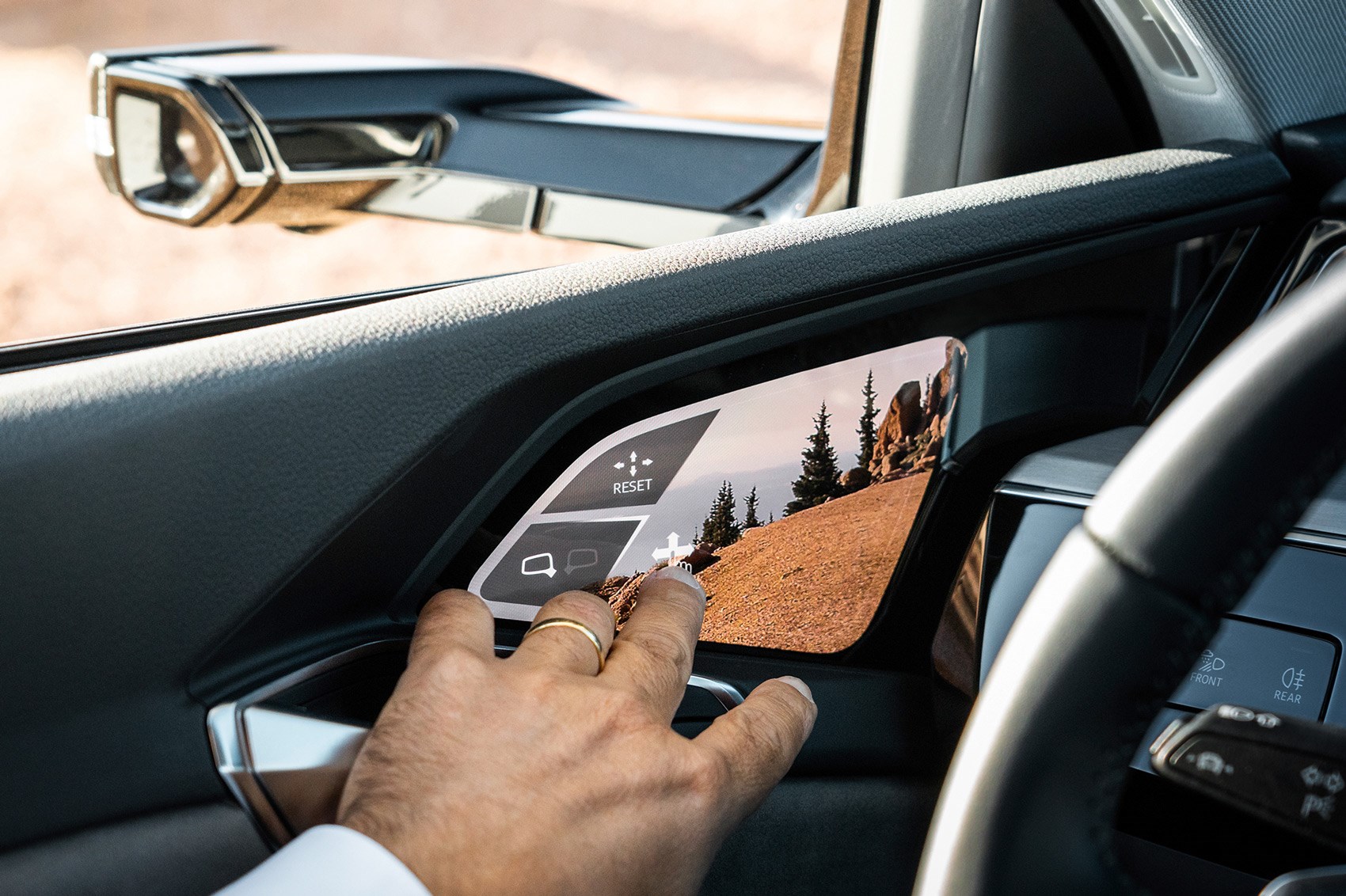These innovations changed the car industry in the past decade.

Besides the ability of cars to race, automakers are racing each other to deliver the best technology and innovation to the car market. This competition leads to a fast-changing industry with a high level of innovation of technology that benefits car owners. This leads us to some amazing technology that changed this industry forever.
High competition always leads to higher standards. In our case, the standards in the car industry went very far: based on driver’s safety, performance, design and efficiency, the field of innovation was so wide, leaving car automakers a huge blank page to perform and show drivers their masterpieces. In an ocean full of competition, some new inventions were obsolete, some were a beautiful addition and few others became essential for the car industry, and we will be exploring them together.
Fast Charging
Do you really think that fast charging first came as a mobile phone feature? Well, it didn’t. Imagine plugging your electric car overnight for 12 hours and then find it 75% charged. Those massive batteries that were built to endure lots of miles, need lots of charging hours first. To make charging faster, the fast charging technology, using a big number of performing capacitors, reduced the charging time from dozens of hours to minutes (40 minutes on average to fully charge). So for a long trip, for example, your electric car will have fully charged during your lunch break.
Lane keep assist
This technology is mainly based on machine learning and your car’s understanding of the road and its surroundings. Coupled with a sensor system, a navigation map and an AI system, the car can know and identify your lane based on road lines and location, while also knowing the position of other cars. During long boring rides, the driver can stay safe in his lane, while the car modifies the steering direction and notifies the driver with some sort of haptic feedback (normally by a vibration in the steering wheel). So there is no way that the tires will kick over road lines, keeping the car centered and safe.
Side Camirrors
No, it’s not a typing mistake. For the next few years, drivers will be no longer seeing the big boxy side mirrors. Side mirrors cause a lot of problems during rain and fog and sometimes, because of their big size, they can hit other cars or pedestrians. The alternative was a side camera which projects the view into a side interior screen, giving a wider view angle and a better vision at night. And due to its compact size, this will give more advantage to aerodynamics and performance and reduce the air noise.
Automatic Parking
How many times have you hated parking in tight parking spots in Beirut roads? Car manufacturers thought of this: equipping the car with a system of 360-degree cameras, sensors and an AI system, the car is now able to detect parking spots, steer the car, select gears and park itself automatically. This system has been applied for lots of new models and it's showing lots of success and usability. So is it possible then, after reaching your destination, to let your car go and park itself?
To sum up, there are lots of other technologies that make driving easier and safer, making cars smarter and interacting with its surroundings. The focus of the car industry now is how to make the car interactive, by linking it to the new 5G system, with the possibility of a network that links all cars to avoid accidents and traffic. Imagine your new car ordering coffee for you in the morning, driving on its own, taking you to pick up your coffee and then taking you to work while you’re reading some tweets or enjoying a delicious breakfast on the road.